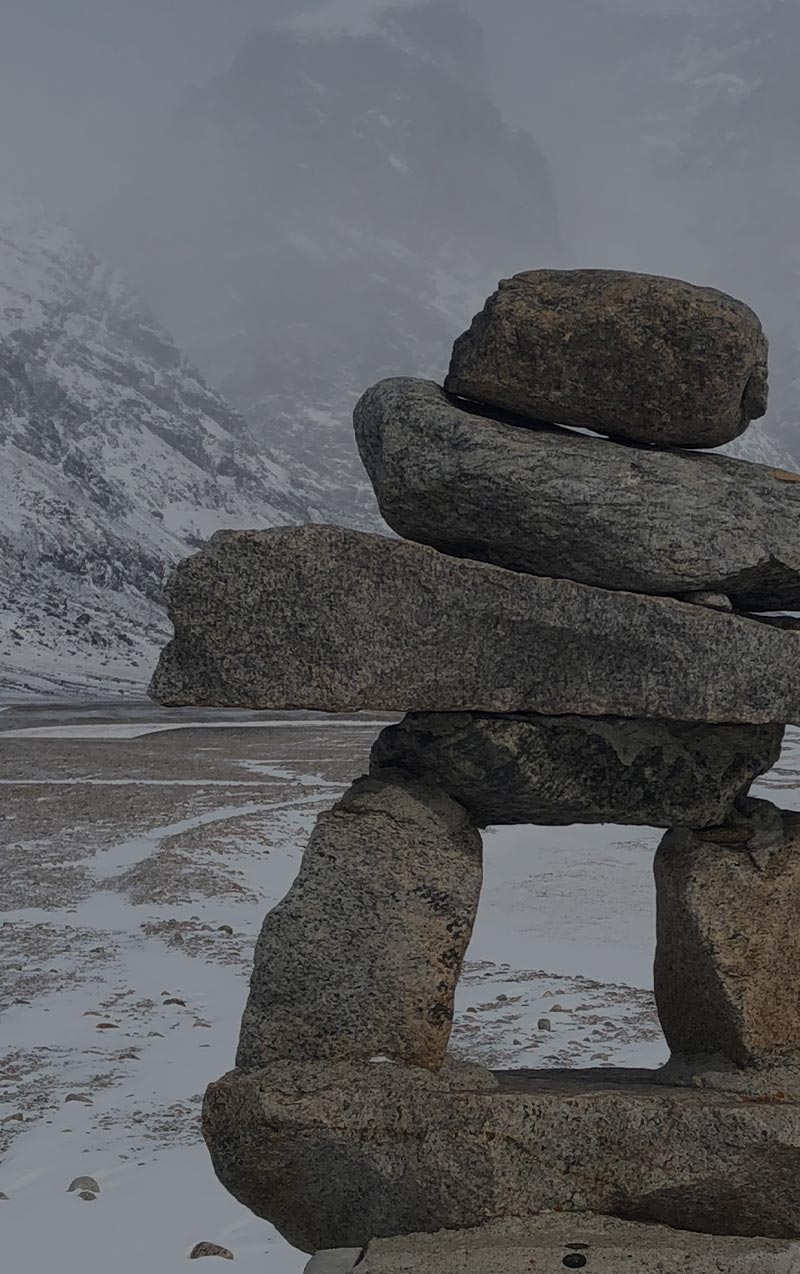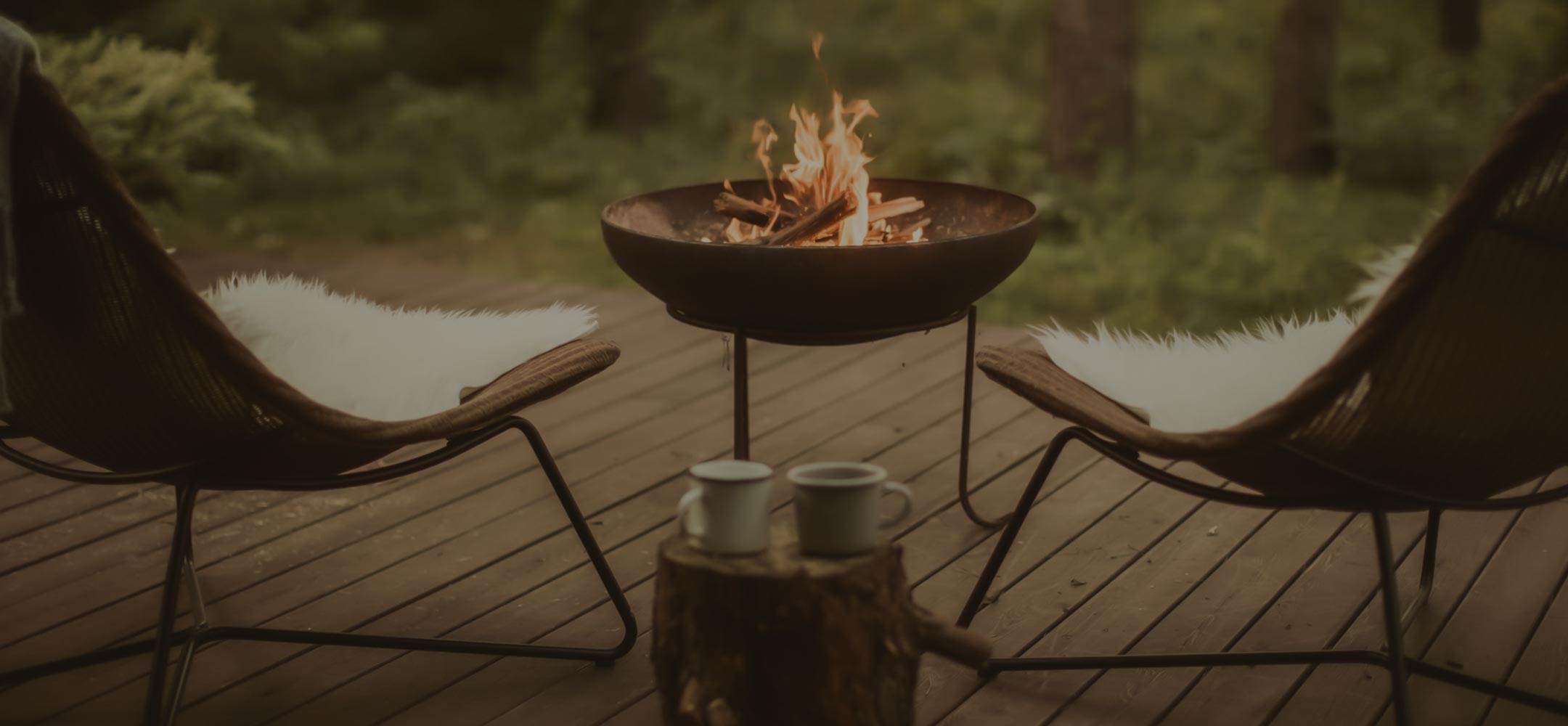
According to the National Forestry Database, in 2020, human activity was the leading cause of forest fires.
With this in mind, we can ask ourselves:
Are open fires legal in Canada?
If so, what are open fire and fire pit regulations?
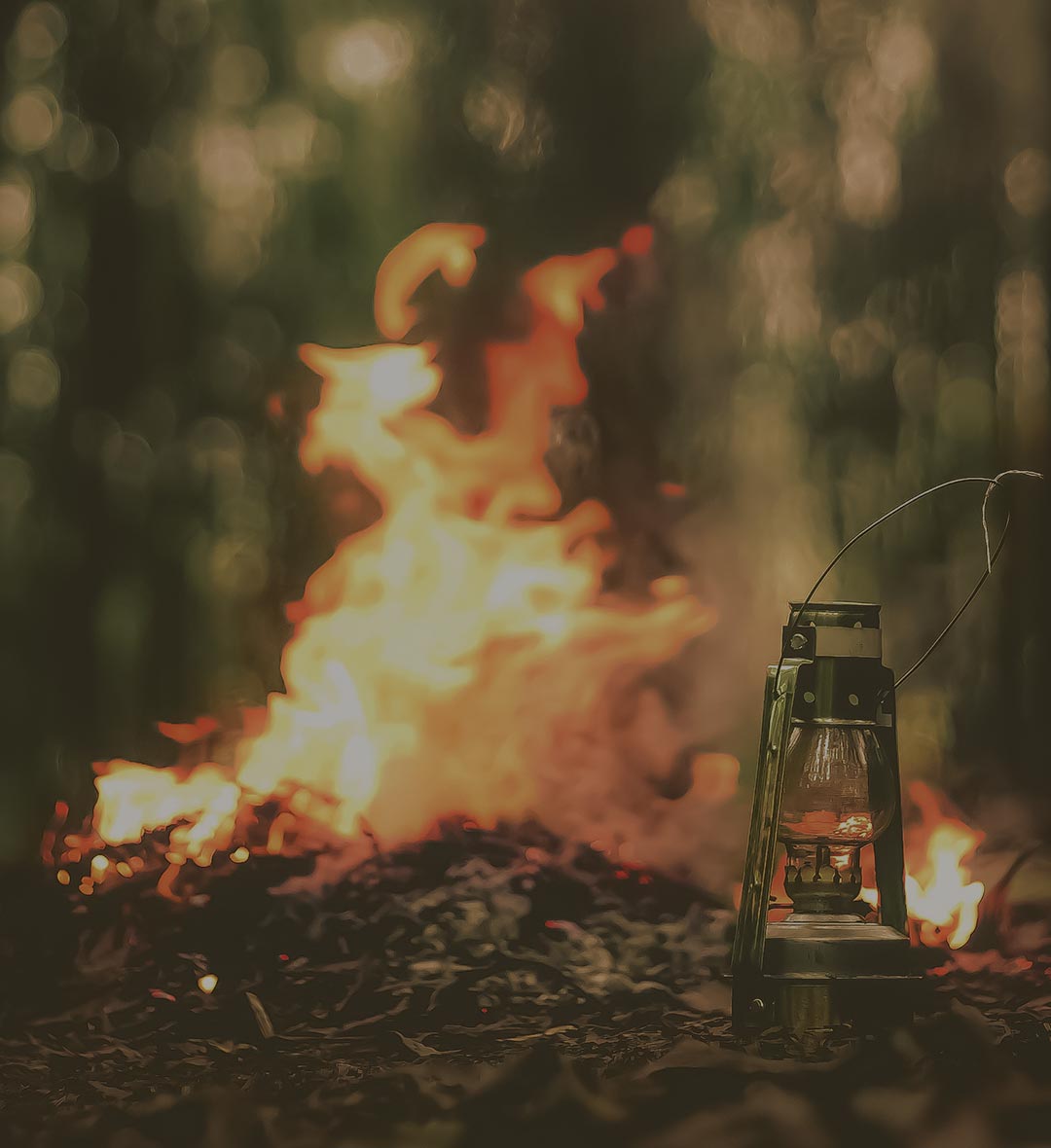
But first, let’s answer an important question:
What is defined as an open fire?
CCME’s (Canadian Council of Ministers of the Environment) Guidance Document for Canadian Jurisdictions on Open-Air Burning defines open burning as ”any fire or burning practice that is conducted outside a building and includes but is not limited to, small confined fires and large confined fires (e.g., some bonfires), fires in burn barrels, in air curtain incinerators, outdoor recreational fireplaces, prescribed burning, and construction site and demolition site fires.“
Are open fires legal in Canada?
Each municipality has authority and can decide whether open fires are legal in their territory. It is essential for you to always check the current rules and regulations of your municipality before lighting any fire.
When burning, be responsible!
Best Practices for Open Fires
- Check if burning is allowed
- If it’s windy, do not have a fire
- Keep a 3-metre clearance around and above your fire site
- Use a fire pit or approved outdoor fireplace when possible
- If no site exists, build on bare rock, soil or sand and scrape the ground down to bare soil in a 1m radius
- Keep a shovel and a pail of water or a water hose nearby
- Never leave your fire unattended
- When you’re done, pour plenty of water on the fire, stir and repeat until the ash is cool to the touch
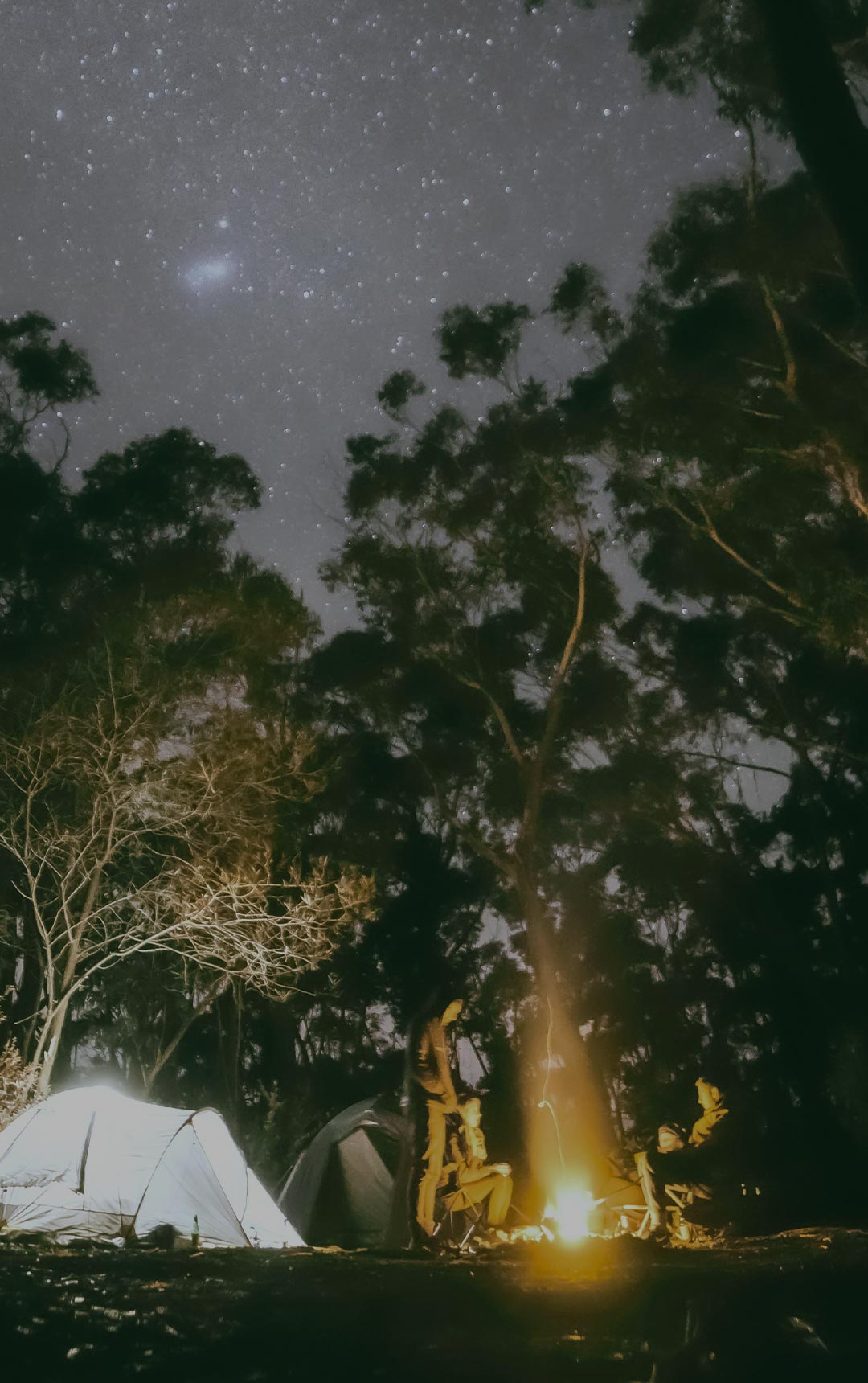
While each municipality, campground, and federal and provincial park has the final word on the matter, there are general rules by province or territory that can give you basic guidelines.
Alberta
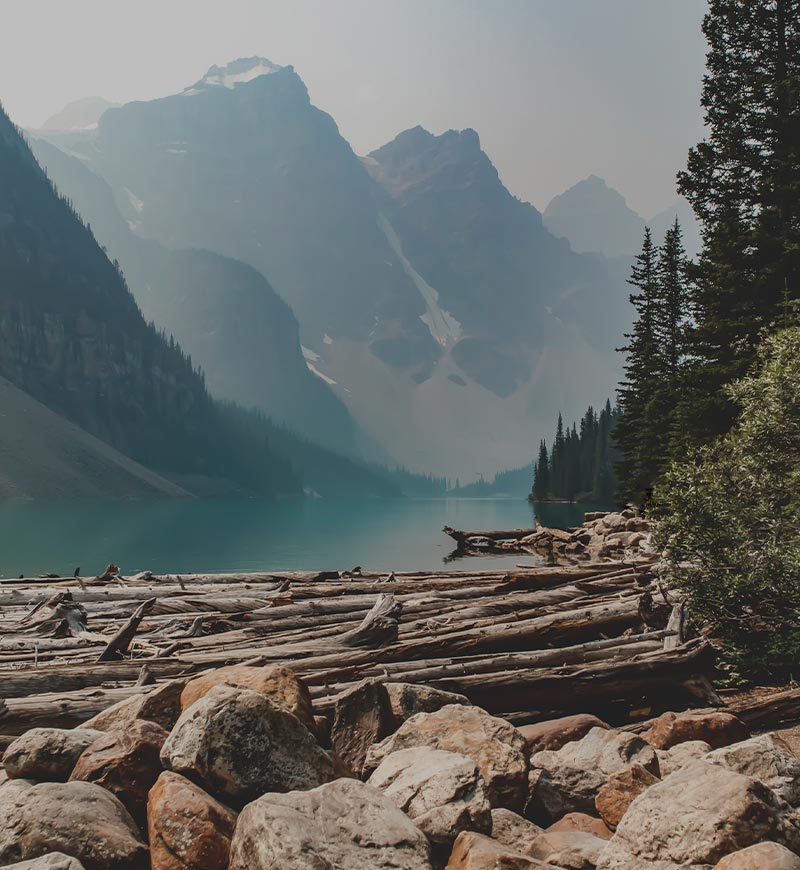
What are the Restrictions at Each Fire Danger Level?
Fire bans and restrictions are effective prevention tools to reduce the number of human-caused wildfires. These are temporary measures that can be adjusted as fire danger levels change.
Useful Information on Open Fires in Alberta
Fires are prohibited in Ecological Reserves and Wilderness Areas in Alberta.
When is Fire Season in Alberta?
March 1st to October 31st
Do I Need a Permit for an Open Fire?
During fire season, all burning activities in Alberta’s Forest Protection Area, excluding campfires, require a fire permit.
Is Cooking on an Open Fire Legal in Alberta?
In Alberta, when open fires are authorized, you can also use them as cooking fires.
| Activity | Fire Advisory | Fire Restriction | Fire Ban |
|---|---|---|---|
| Fire permits | May be restricted or suspended | Restricted or suspended | Suspended |
| Safe wood campfires on public lands |
Allowed
* |
Not Allowed
* |
Not Allowed
* |
| Safe wood campfires in a designated campground |
Allowed
* |
Allowed
* |
Not Allowed
* |
| Safe wood campfires on private land |
Allowed
* |
Allowed
* |
Not Allowed
* |
| Safe wood campfires in backyard firepits |
Allowed
* |
Allowed
* |
Not Allowed
* |
| Barbecue - Charcoal briquette |
Allowed
* |
Allowed
* |
Not Allowed
* |
| Fireworks | Always prohibited without written permission of a Forest Officer | Always prohibited without written permission of a Forest Officer |
Not Allowed
* |
| Exploding targets | Always prohibited without written permission of a Forest Officer | Always prohibited without written permission of a Forest Officer |
Not Allowed
* |
| Propane/natural gas-powered appliances |
Allowed
* |
Allowed
* |
Allowed
* |
| Indoor wood fire |
Allowed
* |
Allowed
* |
Allowed
* |
| Open flame oil devices |
Allowed
* |
Allowed
* |
Allowed
* |
British Columbia
Useful Information on Open Fires in British Columbia
In B.C., open fires are split into 3 main categories
Category 1
Campfire
- Any fire no larger than 0.5 metres high by 0.5 metres wide (a fire larger than this is considered a Category 2 fire).
- Used by any person for recreational purposes or by a First Nation for a ceremonial purpose.
- Avoid having a campfire when it’s windy. Choose a proper fire pit or make a ring of rocks at least three metres from trees, shrubs, structures and debris, and do not leave a campfire unattended for ANY amount of time.
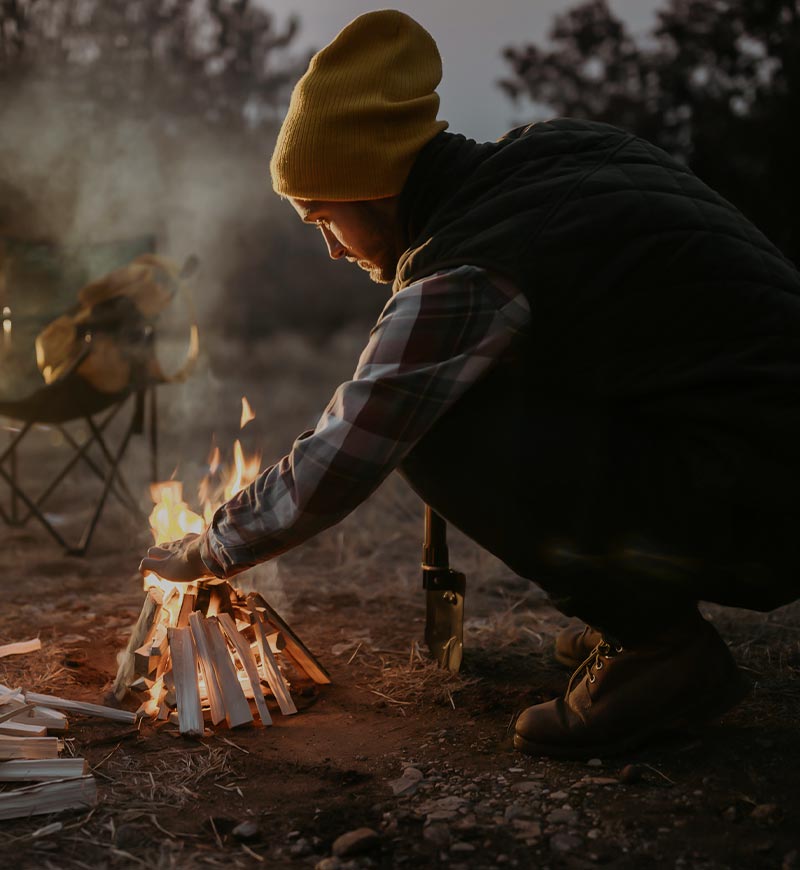
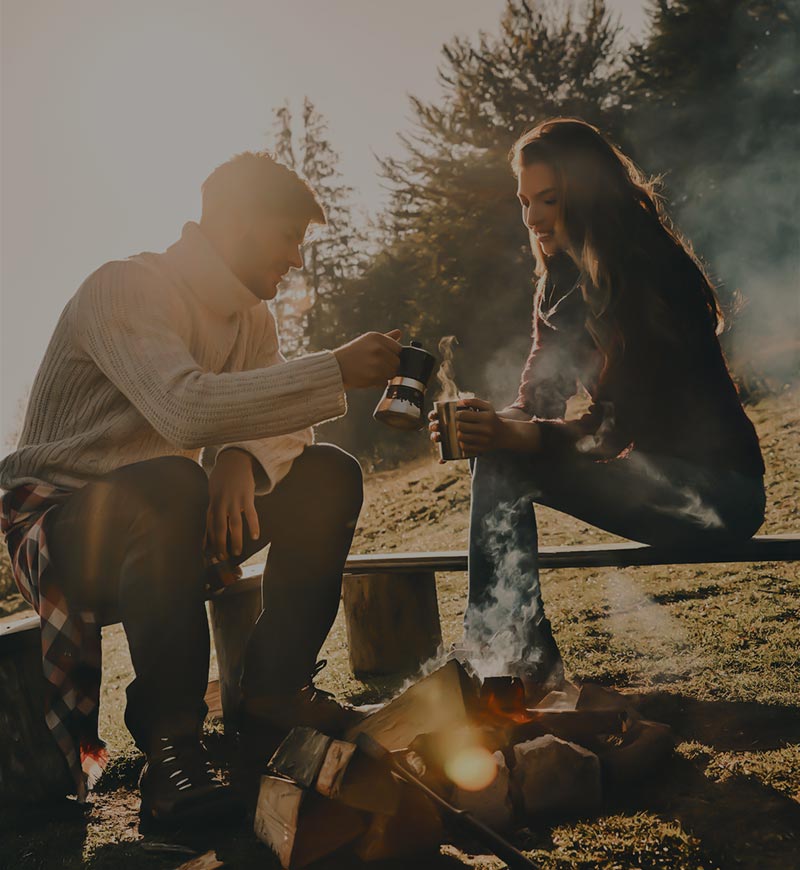
Category 2
Open Fire
Fires, other than a campfire, that burn:
- Material in one pile not exceeding 2 metres in height and 3 metres in width
- Material concurrently in 2 piles, each not exceeding 2 metres in height and 3 metres in width
- Stubble or grass over an area that does not exceed 0.2 hectares
Category 3
Open Fire
An open fire that burns:
- Material concurrently in 3 or more piles, each not exceeding 2 metres in height and 3 metres in width
- Material in one or more piles, each exceeding 2 metres in height or 3 metres in width
- One or more windrows (row of cut hay or small grain crop)
- Stubble or grass over an area exceeding 0.2 hectares
- For lighting a Category 3 fire, you must first obtain a burn registration number by calling 1 888 797-1717
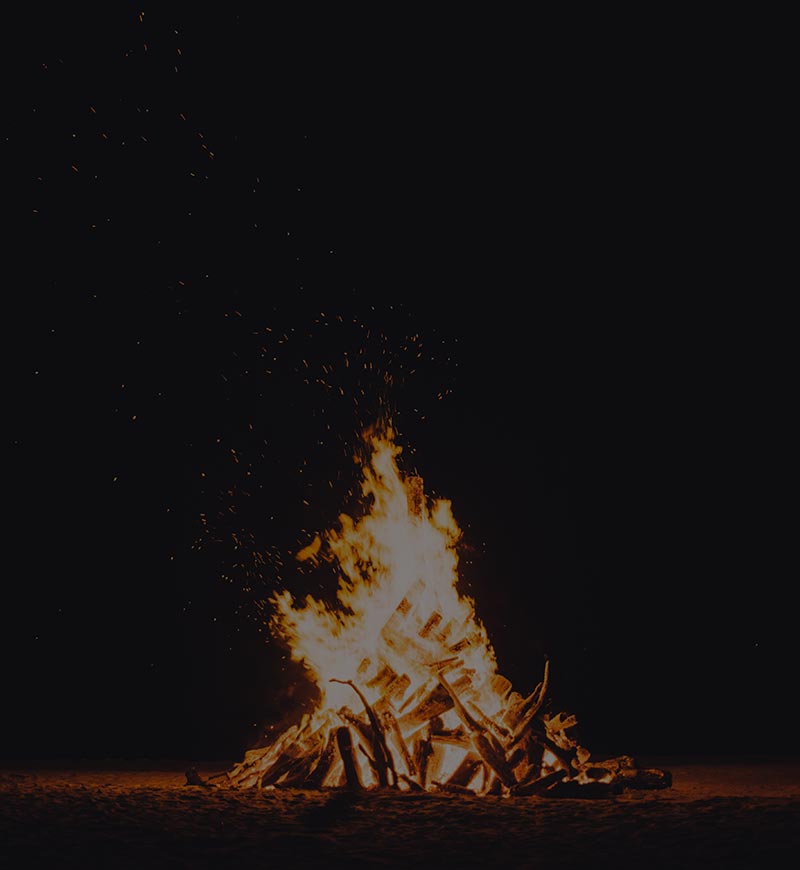
When is Fire Season in British Columbia?
Fire Season in British Columbia varies yearly depending on the weather. But it usually ranges from April to October.
Do I Need a Permit for an Open Fire?
Always check with local authorities and weather conditions before lighting a fire of any size.
In British Columbia, decisions on when and where to implement fire bans and restrictions are made by B.C.’s six regional fire centres, which are:
- Cariboo Fire Centre
- Coastal Fire Centre
- Kamloops Fire Centre
- Northwest Fire Centre
- Prince George Fire Centre
- Southeast Fire Centre
Before lighting any fire, check if any restriction applies to your fire centre.
Is Cooking on an Open Fire Legal in British Columbia?
In British Columbia, when open fires are authorized, you can also use them as cooking fires.
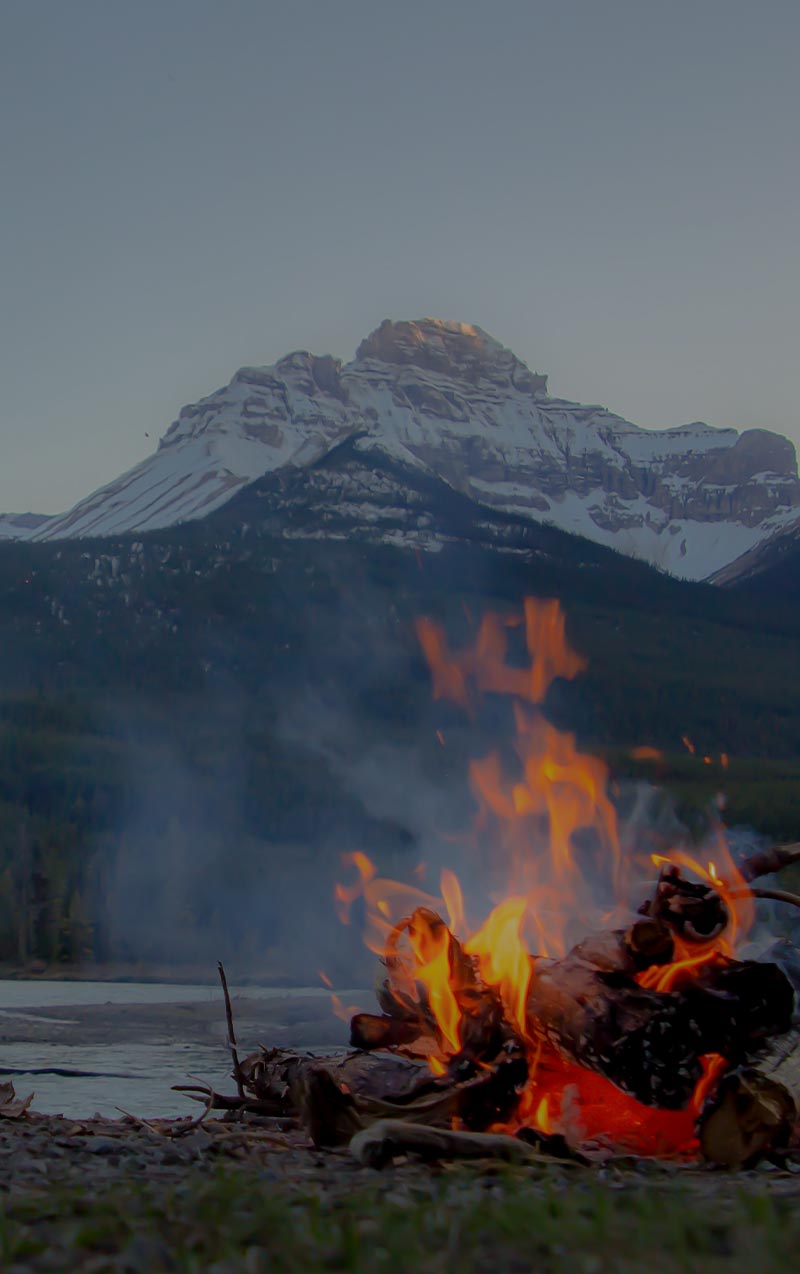
What are the Restrictions at Each Fire Danger Level?
Low: Fires may start easily and spread quickly, but there will be minimal involvement of deeper fuel layers or larger fuels.
Moderate: Forest fuels are drying, and there is an increased risk of surface fires starting. Carry out any forest activities with caution.
High: Forest fuels are very dry, and the fire risk is serious. New fires may start easily, burn vigorously, and challenge fire suppression efforts. Extreme caution must be used in any forest activities. Open burning and industrial activities may be restricted.
Extreme: Extremely dry forest fuels and the fire risk is severe. New fires will start easily, spread rapidly, and challenge fire suppression efforts. General forest activities may be restricted, including open burning, industrial activities and campfires.
Manitoba
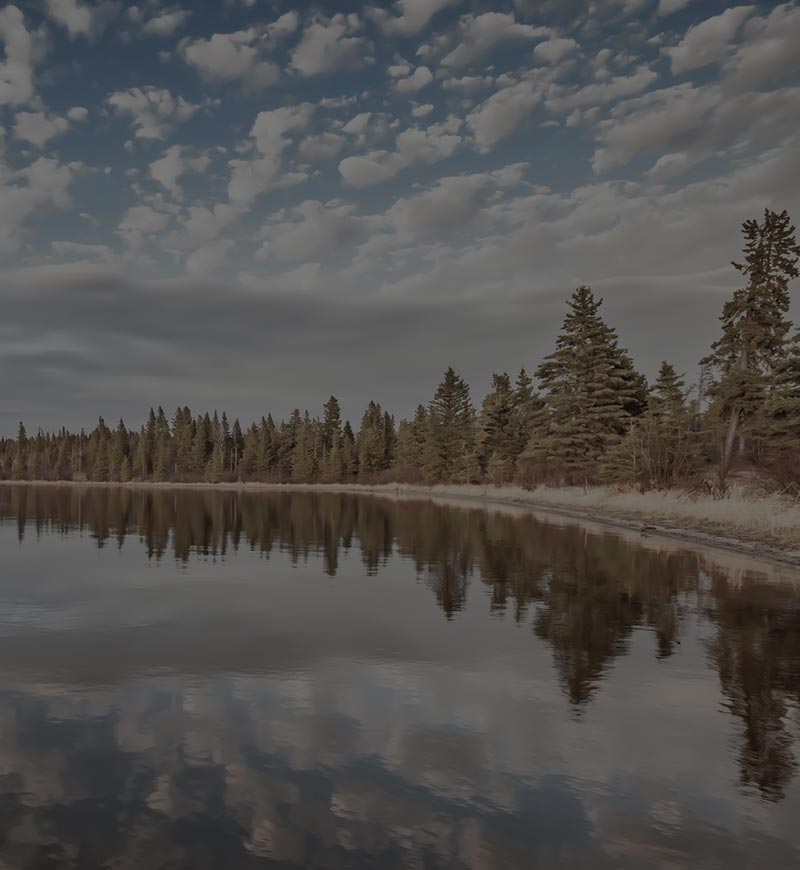
What are the Restrictions at Each Fire Danger Level?
Rural municipalities in Manitoba have bylaws to enact burning restrictions for their areas. Contact your local municipality or the Office of the Fire Commissioner for more information concerning municipal burning restrictions for different fire danger levels.
During the wildfire season, there may be times when the Manitoba government will need to implement fire and travel restrictions within the province.
These restrictions are limits placed on any activity that has the potential to cause a wildfire under the current or forecasted fire danger conditions.
Check out the Current Municipal Burning Restrictions map for more information about your area.
Useful Information on Open Fires in Manitoba
Prevention and control of fires present many challenges that require Manitoba’s communities to take collective responsibility and develop new attitudes toward fire. Manitoba’s government provides valuable documents to the community, helping them reduce the risk of wildfire and damage to their homes.
When is Fire Season in Manitoba?
April 1st to November 15th
Do I Need a Permit for an Open Fire?
Always check with your municipality before lighting any fire.
During the wildfire season, you need a permit to light an open fire or have it in enclosed approved firepits such as grated campfire pits in provincial campsites. Contact your local municipal office for more information about burning permits.
Is Cooking on an Open Fire Legal in Manitoba?
In Manitoba, when open fires are authorized, you can also use them as cooking fires.
New Brunswick
Useful Information on Open Fires in New Brunswick
Fire Categories in New Brunswick
Category 1
Campfires & burning woody materials such as:
- Piles three metres in diameter or smaller
- Piles no more than two metres high
- Burning within 60 metres of forestland
- No more than four piles burning at one time
- Multiple piles must be at least 10 metres apart.
Fire must be attended at all times. Before lighting a fire on private land, you must have the landowner’s permission. A written permit is not issued for a category 1 fire; the county gives permission via phone or website.
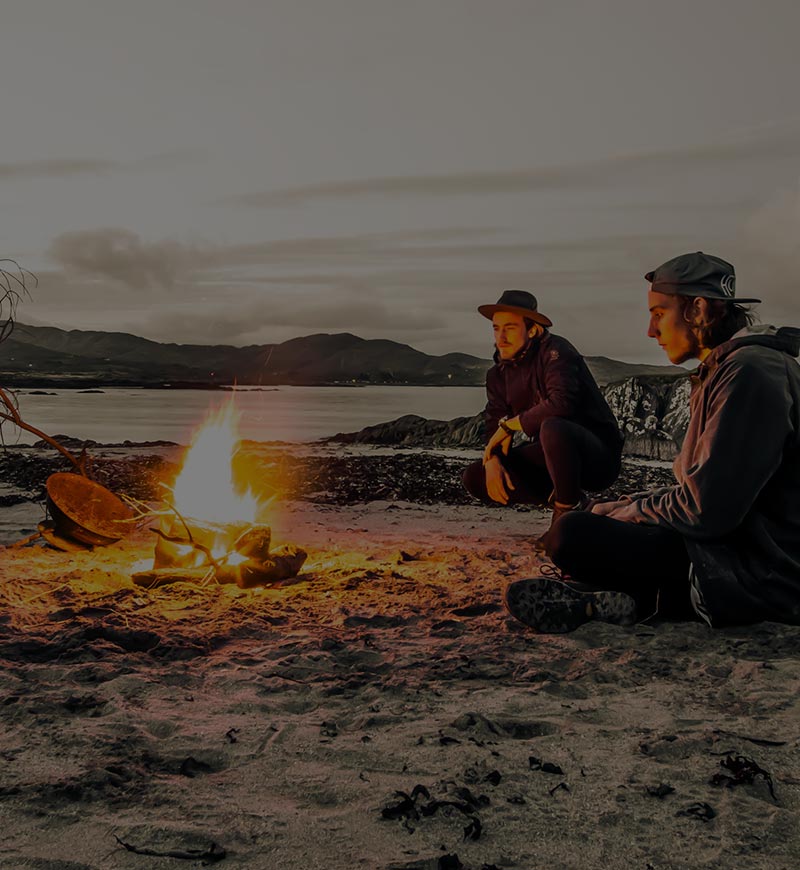
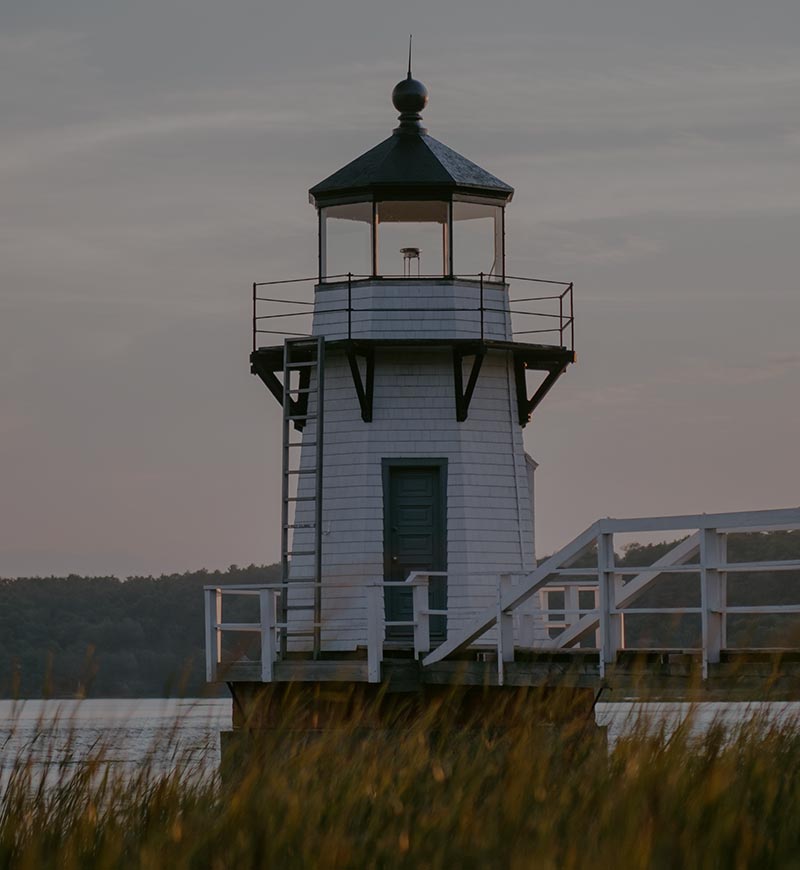
Category 2
Larger fires include:
- Large fires other than prescribed burning and blueberry fields
- Piles more than three metres in diameter
- Piles more than two metres high
- Burning within 100 metres of forestland
- More than four piles burning at one time
Fire must be attended at all times. You need the landowner’s permission. You need a written permit from the Department, and the site must be pre-inspected.
Category 3
Blueberry fields fires
- Any fire that treats existing blueberry fields.
Fire must be attended at all times. You need the landowner’s permission. You need a written permit from the Department, and the site must be pre-inspected.
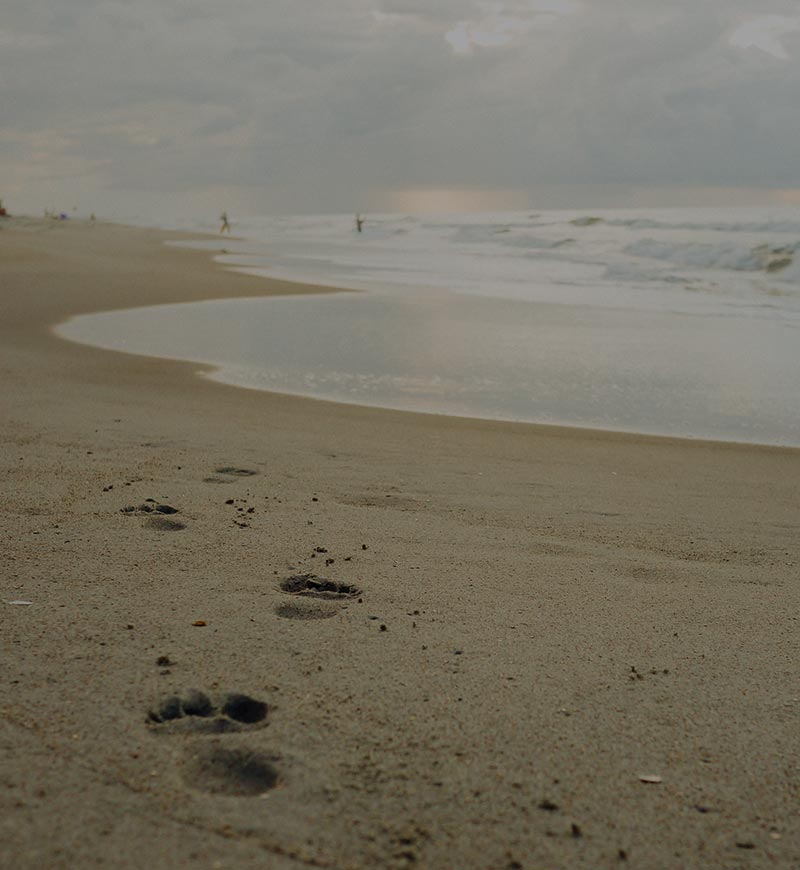
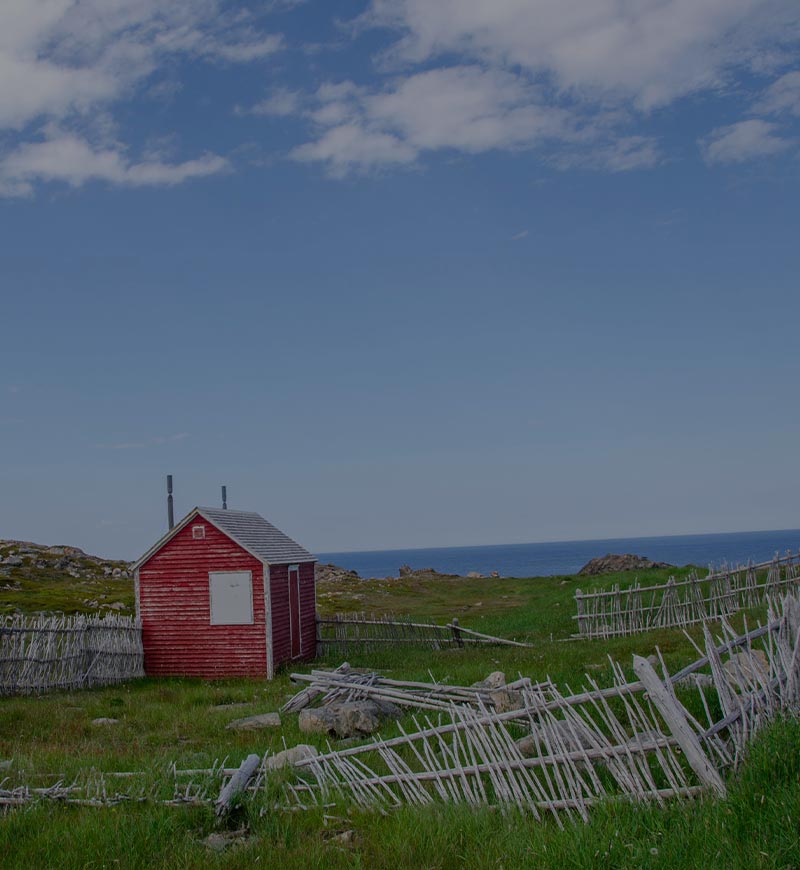
Category 4
Prescribed burning
- The knowledgeable application of fire to a piece of land for specific forest management or other land use (including grass fires).
Fire must be attended at all times. You need the landowner’s permission. You must have a written burn plan. You need a written permit with guidelines from the Department, and the site must be pre-inspected. The permits can only be acquired at the Department regional offices.
When is Fire Season in New Brunswick?
From the 3rd Monday in April to the end of October
Do I Need a Permit for an Open Fire?
Here are the instances when you need a permit to burn:
When local restrictions apply - Always check with your local municipality first to see if there are any restrictions.
During forest fire season - For small amounts of brush and woody material (Category 1) fires, you must call toll-free 1-866-458-8080 or 506-444-5445 (in the Fredericton area), available 24/7.
For larger fires - If you are planning to burn more than one pile of wood or wood products; if the piles are larger than 3 metres in diameter by 2 metres high; if you are planning to burn closer than 150 metres to neighbouring homes; or you are burning an area such as a field (Categories 2-4), you must obtain a permit from the Department of Environment. During fire season, call toll-free 1-866-458-8080. Out of season, contact “Environment and Local Government”.
When it’s not fire season, and no local restrictions apply, you may burn without a permit:
Small wood or wood products fires - You may burn wood or wood products in a pile smaller than 3 metres in diameter by 2 metres high, and you may only burn one pile of that size per property at any given time. This must take place a minimum of 150 metres away from any neighbouring homes.
Recreational fires - You may have an open fire for warmth or cooking food (i.e. campfires), provided you don’t burn any of the items listed under Prohibited Materials.
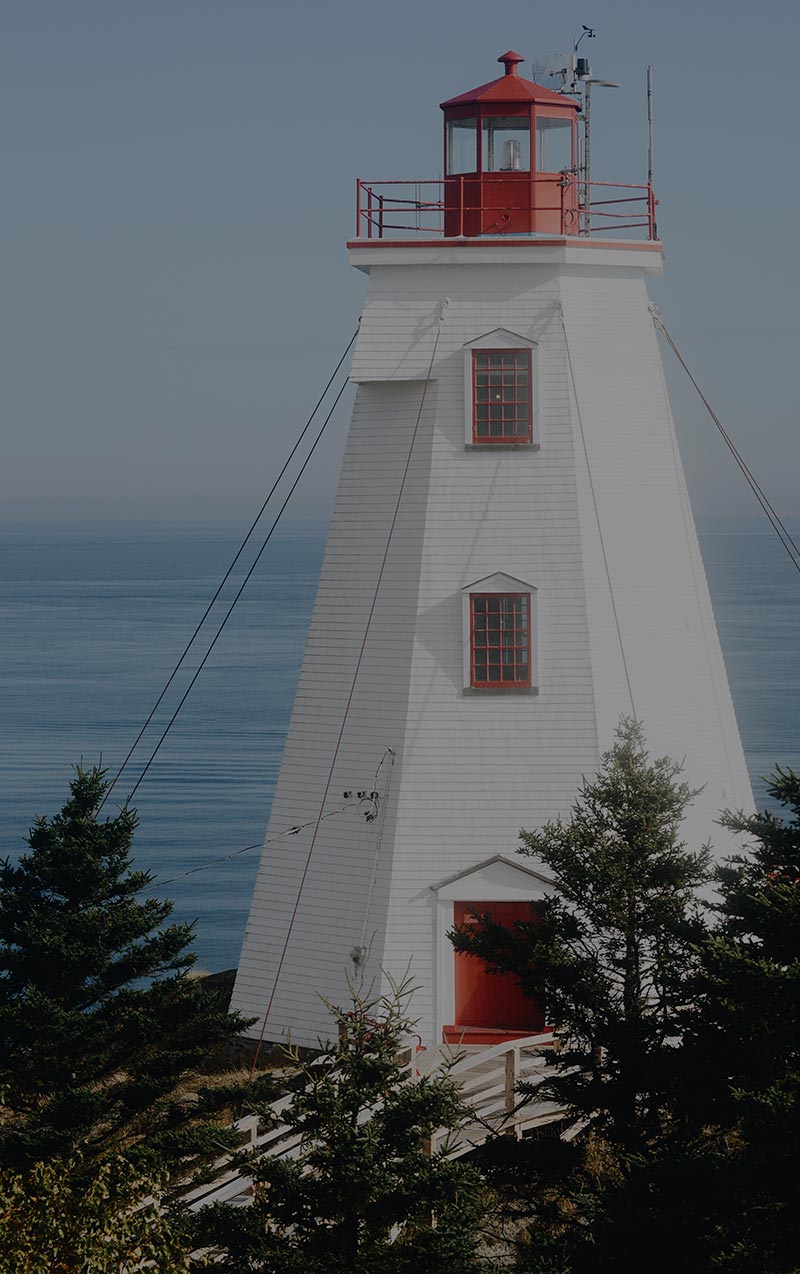
Is Cooking on an Open Fire Legal in New Brunswick?
In New Brunswick, when open fires are authorized, you can also use them as cooking fires.
What are the Restrictions at Each Fire Danger Level?
In New Brunswick, cities and towns have their bylaws to restrict burning. Some villages also have their bylaws. If your village doesn’t have its own bylaw, your area is governed by provincial guidelines.
If you are under the provincial guideline, there are three levels of permission based on the weather and current fire conditions in your area:
Burn
Burning permitted between 8 p.m. and 8 a.m.
No burning allowed
Newfoundland and Labrador
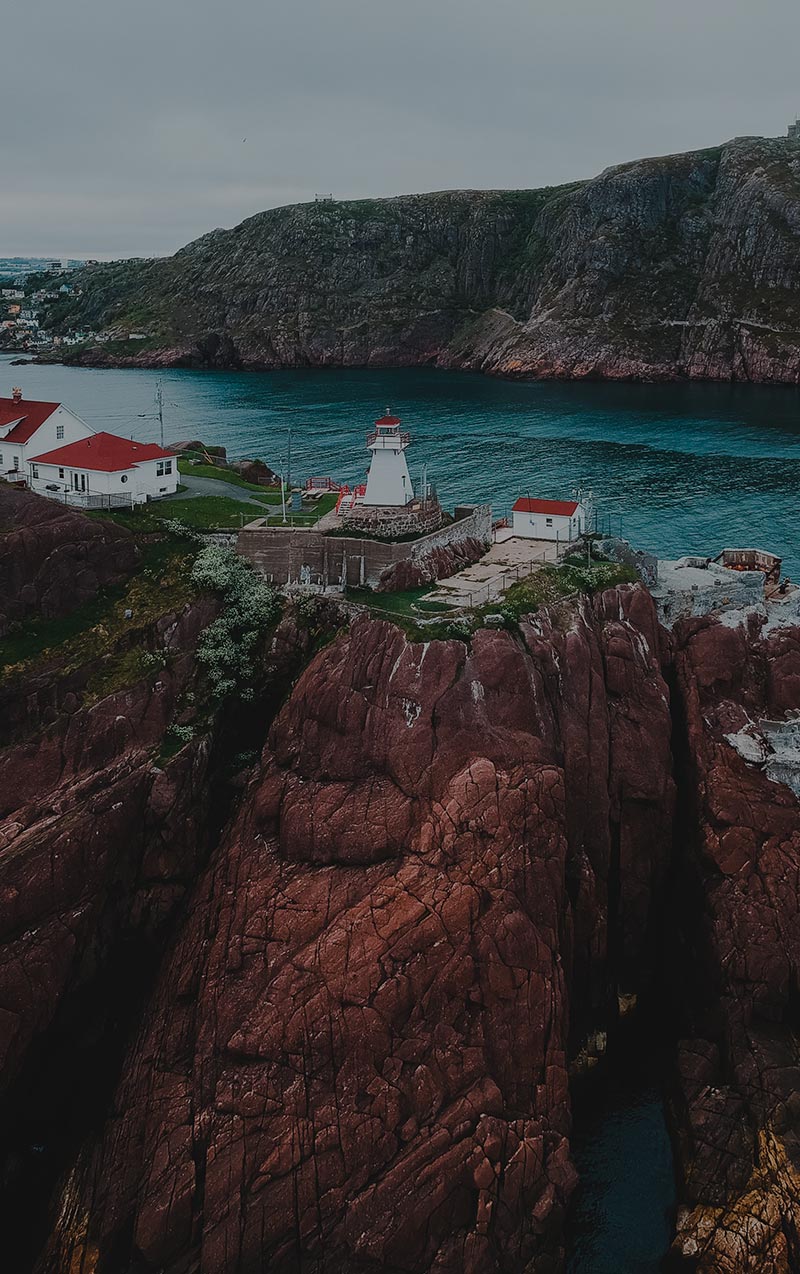
Useful Information on Open Fires in Newfoundland and Labrador
The following activities are allowed during forest fire season as long as they are done safely and responsibly according to Provincial Forest Fire Regulations.
- Recreational campfires
- Backyard fires
- Boil ups
- Open fires on beaches
- Open fires in quarries
When is Fire Season in Newfoundland and Labrador?
Newfoundland: May 1st to September 30th
Labrador: May 15th to September 30th
Do I Need a Permit for an Open Fire?
During forest fire season, you need a permit to burn grass, brush and other materials. A permit can be obtained by contacting a Forestry and Wildlife District Office during regular business hours.
A person may light an open or outdoor fire within 300 metres of forested land without a permit to burn during Forest Fire Season under specific conditions.
Always check with local fire departments first to ensure you don’t violate local bylaws related to outdoor fires, even if you have a permit to burn.
Is Cooking on an Open Fire Legal in Newfoundland and Labrador?
In Newfoundland and Labrador, when open fires are authorized, you can also use them as cooking fires.
What are the Restrictions at Each Fire Danger Level?
Before starting a fire, even with a permit, you must ensure that the Forest Fire Hazard Rating is Low or Moderate. No burning is allowed when the Fire Hazard Rating is High or above. Also, no burning is permitted when wind speeds are greater than 15 km/hr.
When the Fire Hazard rating is High, Very high, or Extreme for a region, all Permits to Burn for that region are suspended.
When the Fire Hazard rating is Very high or Extreme for a region, open or outdoor fires are not permitted.
Check the provincial Fire Hazard Map - Forecast and Fire Hazard Map - Actual before planning an outdoor fire.
Northwest Territories
When is Fire Season in the Northwest Territories?
May 1st to September 30th
Do I Need a Permit for an Open Fire?
During fire season, fire danger is updated every day by wildfire officials. It is your responsibility to check if there are fire bans or restrictions in your area or if your community requires any permits.
You can find fire ban information in the links below:
Community fire bans: community government websites and contact info
Territorial fire bans: territorial fire bans in the wildfire update
Territorial parks fire bans: information about fire bans at territorial parks
National parks fire bans: information about fire bans at national parks in the NWT
Is Cooking on an Open Fire Legal in the Northwest Territories?
In the Northwest Territories, when open fires are authorized, you can also use them as cooking fires.
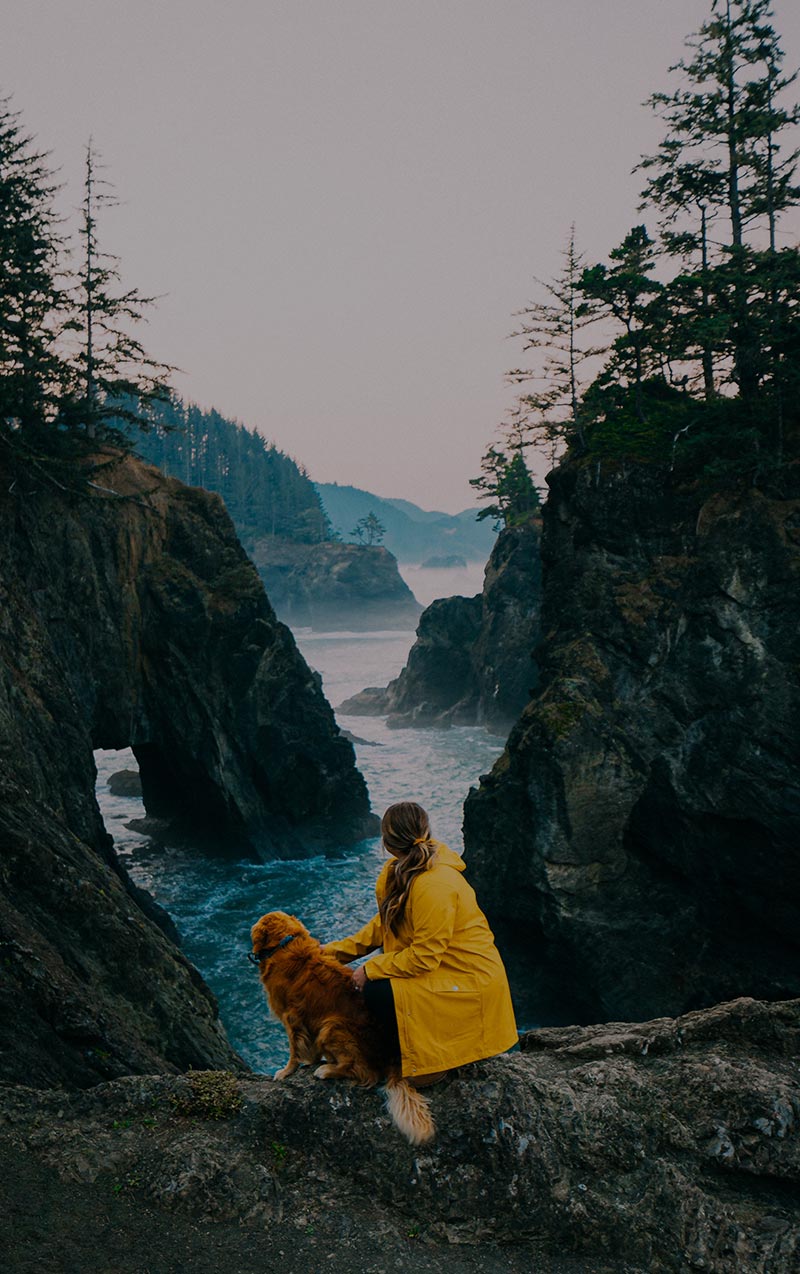
Useful Information on Open Fires in the Northwest Territories
With short growing seasons, NWT forests grow very slowly. A forest fire could destroy a Territorial Park for fifty years and even more. A few simple guidelines can be followed to avoid wildfires and burn responsibly.
What are the Restrictions at Each Fire Danger Level?
Here are some best practices according to the fire danger level.
| Fire Danger | Best Practices |
|---|---|
|
Low
* |
Have campfires and burn with regular caution. |
|
Moderate
** |
Take extra caution by keeping campfires and burn piles as small as possible. |
|
High
*** |
Do not have any fires unless necessary for food or warmth. Keep the fire as small as possible. Pay attention to anything nearby that embers from your fire could hit. Use contained flames (propane stoves or barbecues) for your cooking needs. |
|
Extreme
**** |
Do not have campfires or burn things unless there is no other choice for food or warmth. Use contained flames (propane stoves or barbecues) for food whenever possible. |
Nova Scotia
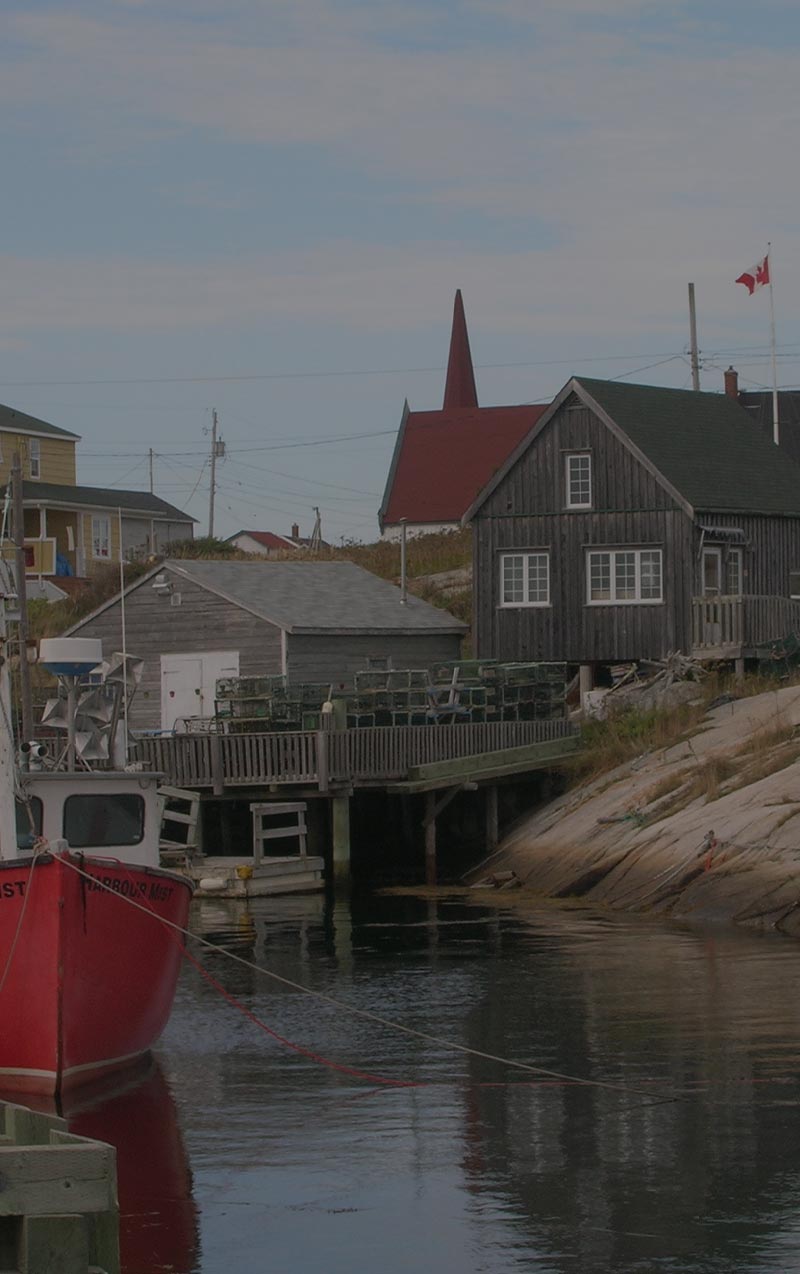
Useful Information on Open Fires in Nova Scotia
In Nova Scotia, when municipal fire services declare a higher level of restriction than the province, the public will be informed via a public service announcement.
When is Fire Season in Nova Scotia?
March 15th to October 15th
Do I Need a Permit for an Open Fire?
Each municipality has their own restrictions, so check with them first to know if, when and where you can burn. A permit from the Department of Natural Resources and Renewables is required for industrial burning, which includes:
- Clearing agricultural land
- Clearing blueberry fields over two hectares in size
- Burning brush piles larger than two by three metres
Is Cooking on an Open Fire Legal in Nova Scotia?
In Nova Scotia, when open fires are authorized, you can also use them as cooking fires.
What are the Restrictions at Each Fire Danger Level?
During fire season, you must check daily burn restrictions on the Burn Safe map or call 1-855-564-2876 before starting a fire.
Colours on the map will show county-by-county when you are allowed to burn.
Green - Open-air wood burning is allowed from 2 p.m.
Yellow - Open-air wood burning is allowed from 7 p.m.
Red - Open-air wood burning is not allowed at any time.
Note that no burning is allowed between 8 a.m. and 2 p.m.
Ontario
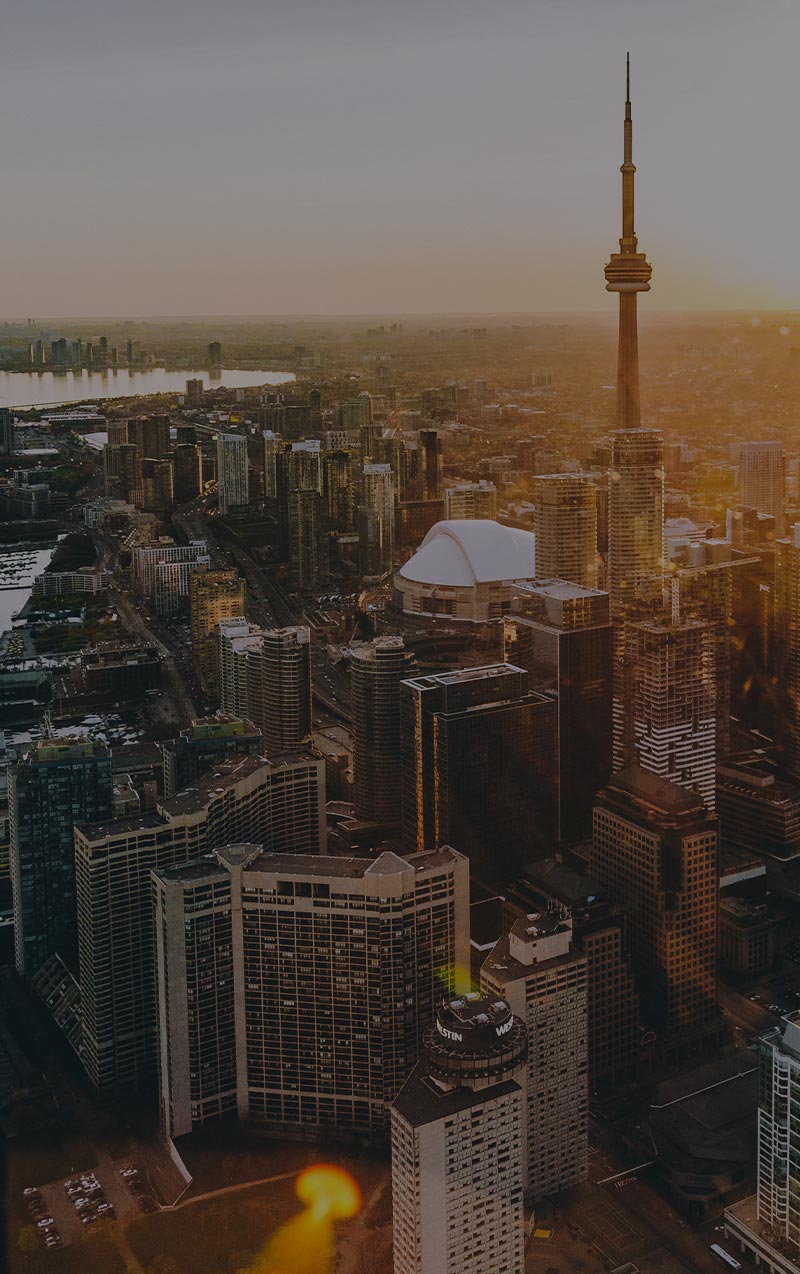
Useful Information on Open Fires in Ontario
Northwestern, Northeastern and North-Central Ontario are considered to be the fire region of Ontario. Specific rules must be followed to have an outdoor fire in those areas.
Outside the fire region of Ontario, only municipalities have the jurisdiction to restrict outdoor fires.
When is Fire Season in Ontario?
April 1st to October 31st
Do I Need a Permit for an Open Fire?
Always check with your local municipality or municipal fire department for any fire bans or restrictions in your area, whether you live in or outside the fire region.
If you want to burn wood, brush, leaves and grass outside during the fire season, you need a permit unless you follow all the rules and:
- Conditions allow burning safely
- You take all necessary steps to tend, control and extinguish the fire
- You are not in a restricted fire zone
For a permit, contact the nearest Fire Management Headquarters. You must also contact the local municipal office if you’re in a municipality.
Is Cooking on an Open Fire Legal in Ontario?
In Ontario, when open fires are authorized, you can also use them as cooking fires.
What are the Restrictions at Each Fire Danger Level?
A Restricted Fire Zone (RFZ) can be put in place temporarily to restrict the use of open fires in a specific province area.
This measure prevents human-caused fires when fire hazards are extreme or when firefighting resources are limited.
When your area is declared to be an RFZ, you cannot have an outdoor fire except in accordance with a permit or unless specific conditions have been met. This includes all burning, including grass, debris and campfires, even when using an outdoor fire grate, fireplace or fire pit.
- Your local municipality can also impose municipal fire bans.
- A municipal fire ban and a ministry RFZ can be in place simultaneously in a fire region.
- If an RFZ or a municipal ban is lifted, the other ban could remain in place and continue to restrict the use of outdoor fires.
The Office of the Fire Marshal may also impose fire bans in unincorporated territories inside the Fire Region of Ontario.
If you are in a Restricted Fire Zone, you cannot:
- Have campfires (even in outdoor fire grates, fireplaces and fire pits) except in organized campgrounds and provincial parks, under certain strict conditions
- Burn grass or woody debris
- Use burn barrels
When meeting certain strict conditions, you can use the following:
- A portable liquid fuel or gas stove (barbecue)
- A charcoal installation
- An outdoor wood-burning stove or furnace
Prince Edward Island
When is Fire Season in PEI?
March 15th to November 30th
Do I Need a Permit for an Open Fire?
During fire season, burning permits are required for all outdoor burning. Campfires in rural areas do not require a burning permit and are allowed unless there is a fire ban. If you are in an incorporated town, village or city, you must meet the burning bylaws of that community concerning campfires. Many municipalities also have their own fire regulations, so provincial permits are not issued for those areas. Make sure to contact your municipality first to learn about their burning requirements.
Is Cooking on an Open Fire Legal in PEI?
In PEI, when open fires are authorized, you can also use them as cooking fires.
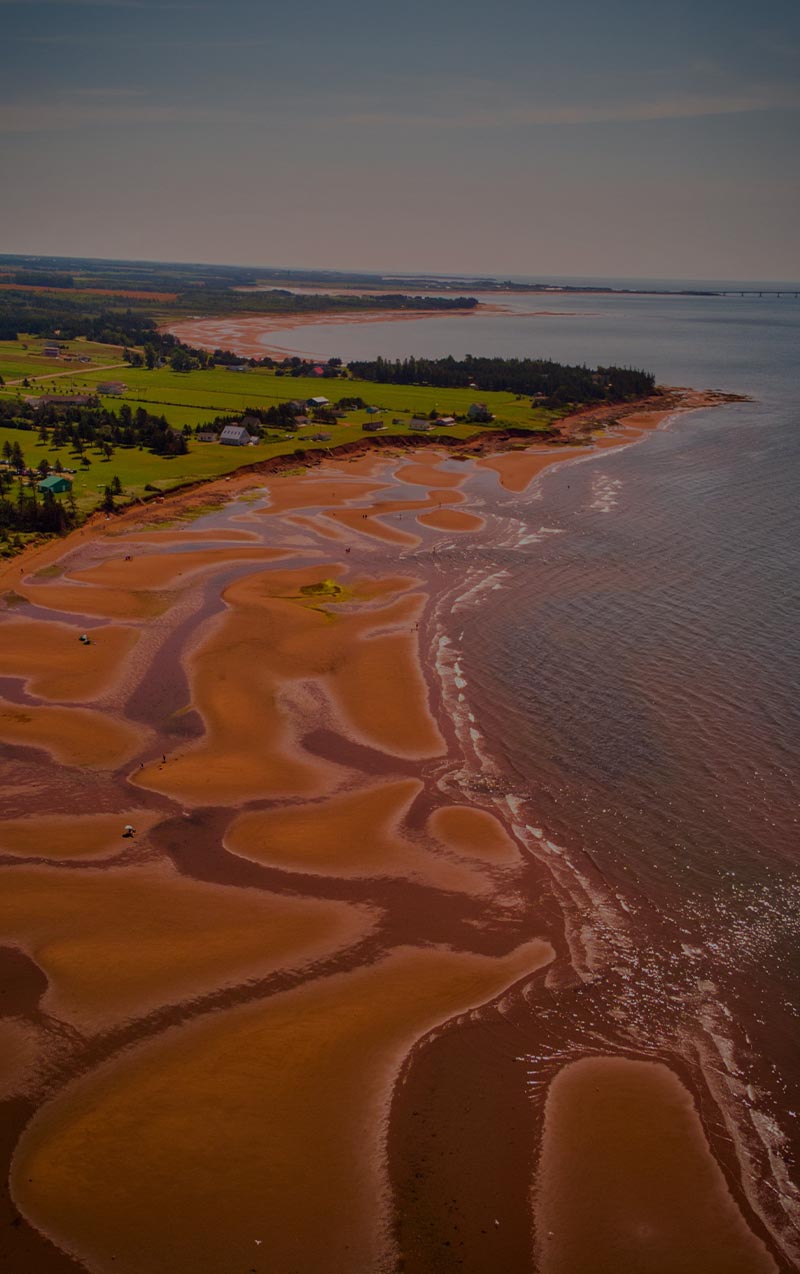
Useful Information on Open Fires in PEI
Before lighting an outdoor fire, always check the Fire Weather Index and local wind speeds.
What are the Restrictions at Each Fire Danger Level?
The Fire Weather Index indicates how easy it is to ignite vegetation, how difficult it may be to control a fire, and how much damage the fire can cause. Here are the restrictions in place according to the Fire Danger level.
| Fire Danger | Restrictions |
|---|---|
|
Low
* |
Domestic and Industrial Burning Permits can be used if wind speeds are under 10 km/hr. |
|
Moderate
** |
Only Industrial Burning Permits can be used if wind speeds allow. |
|
High
*** |
All Burning Permits are suspended until conditions allow. |
|
Very High
**** |
All Burning Permits are suspended until conditions allow. |
|
Extreme
***** |
All Burning Permits are suspended until conditions allow. |
Quebec
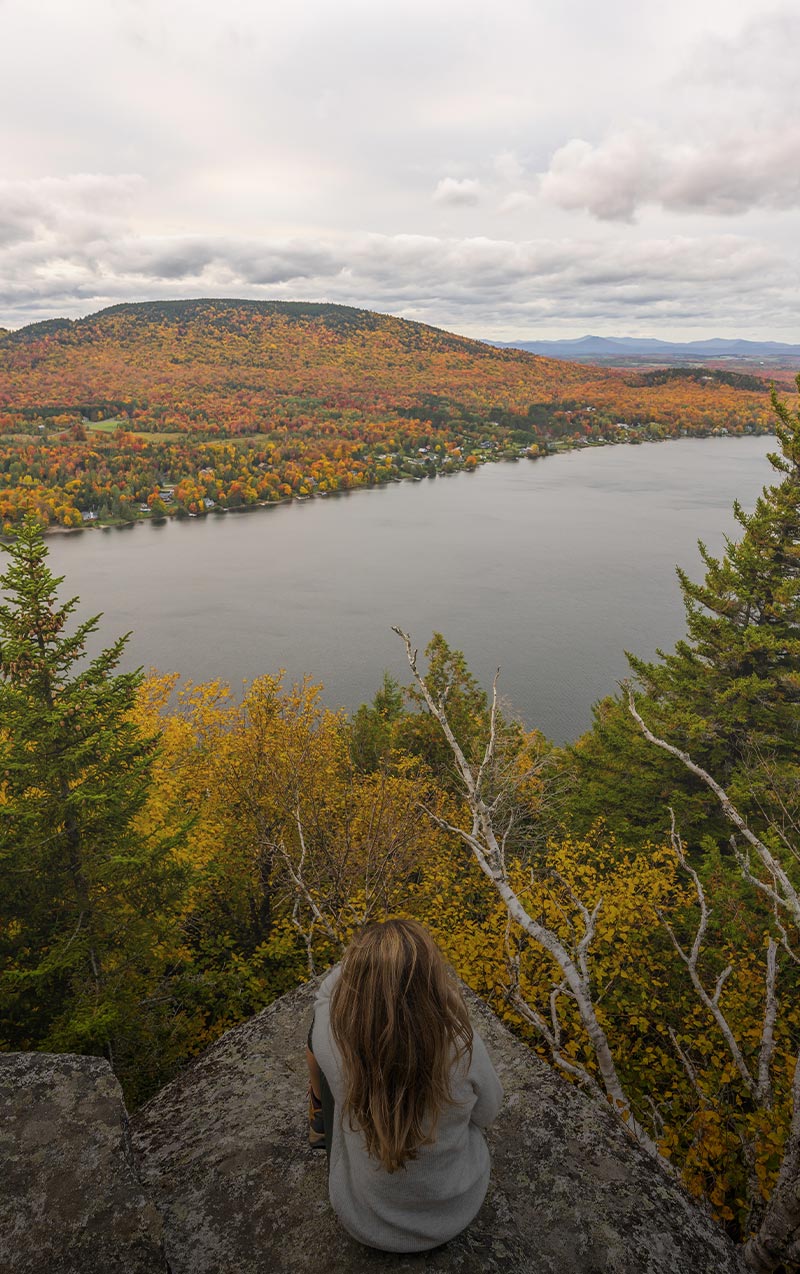
Useful Information on Open Fires in Quebec
Stoves, fireplaces, and metal containers for fire burning equipped with spark arrestor screens with openings no wider than 1 centimetre are not considered open-air fires. These can be allowed even when open fires are prohibited. However, your municipality may have stricter regulations that will take precedence over the Ministère des Forêts, de la Faune et des Parcs (MFFP) regulations.
When is Fire Season in Quebec?
The peak fire season usually starts in late May and lasts about 12 weeks, so until August approximately.
Do I Need a Permit for an Open Fire?
Many municipalities regulate or ban burning, so you should always consult municipal regulations before lighting a fire.
Is Cooking on an Open Fire Legal in Quebec?
In Quebec, when open fires are authorized, you can also use them as cooking fires.
What are the Restrictions at Each Fire Danger Level?
In Quebec, the SOPFEU fire danger rating is a good guideline for what behaviour to adopt for each fire danger level. The SOPFEU interactive maps provide a visual overview of the situation. You can also download their app to get alerts for your area.
Outdoor propane or ethanol fireplaces do not produce sparks, so they are not targeted by the open fire ban. Keep in mind that some municipalities and campsites ban fires when the fire danger is high.
| Fire Danger | Best Practices |
|---|---|
|
Low
* |
Burn waste and make campfires. |
|
Moderate
** |
Make only small fires. |
|
High
*** |
Do not light fires or burn waste if wind speed exceeds 20 km/h. |
|
Very High
**** |
Fires should only be made in fireplaces with standard spark arrestors whose openings are no wider than 1 centimetre. |
|
Extreme
***** |
Avoid making fires. |
Saskatchewan
When is Fire Season in Saskatchewan?
The peak fire season usually begins in late May, lasts about 13 weeks, and ends sometime in August.
Do I Need a Permit for an Open Fire?
Always check with local municipalities, government authorities, and campgrounds before lighting a fire. Ask your municipal office about fire permits and how to get them.
Is Cooking on an Open Fire Legal in Saskatchewan?
In Saskatchewan, when open fires are authorized, you can also use them as cooking fires.
What are the Restrictions at Each Fire Danger Level?
Residents and visitors will want to check the Fire Ban Map to see if there are any fire bans or restrictions in their area. During a fire ban, propane and gas appliances, liquid-fueled stoves, and grills using charcoal briquettes are usually permitted. However, campfires are not allowed, even on your private property, and all provincial burn permits are cancelled.
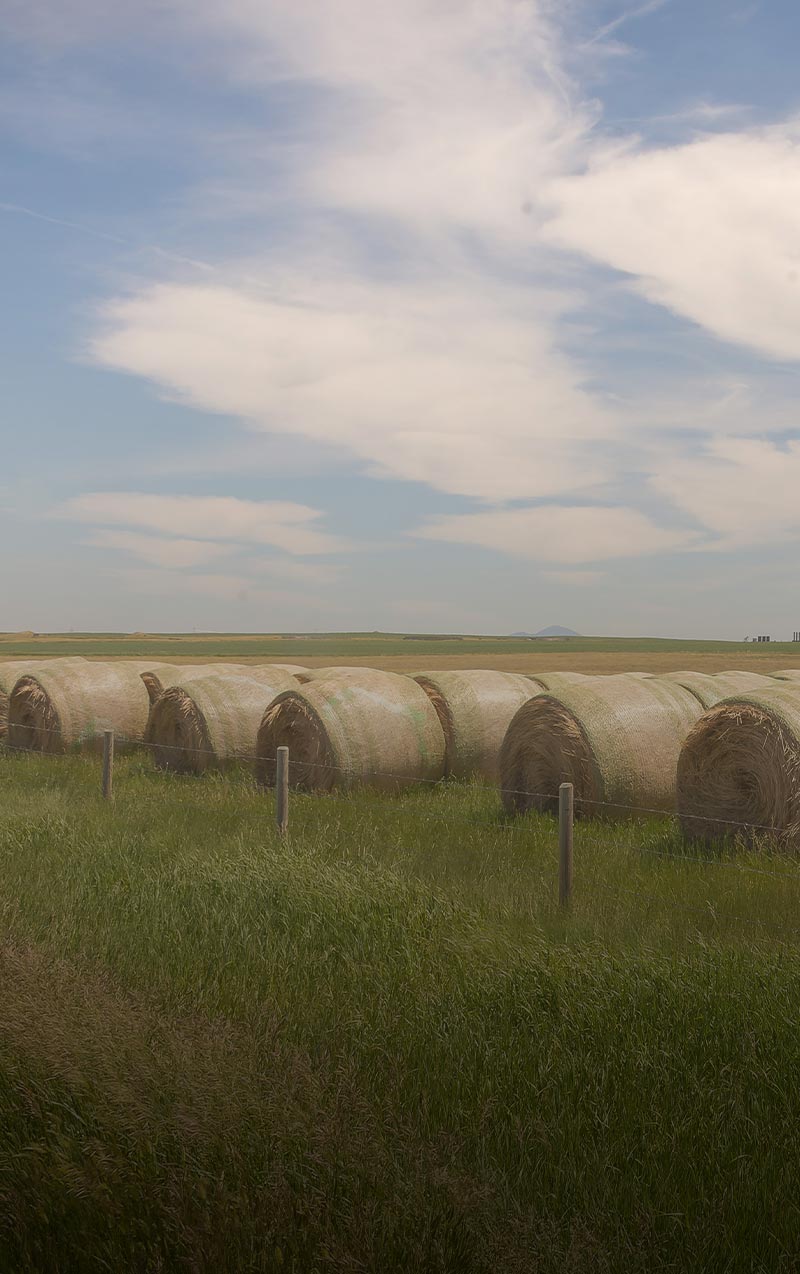
Useful Information on Open Fires in Saskatchewan
In Saskatchewan, municipalities and regional and national parks have the authority to decide whether to ban open burning in their area, while provincial forests, parks and Crown land are under the authority of the SPSA (Saskatchewan Public Safety Agency).
Yukon
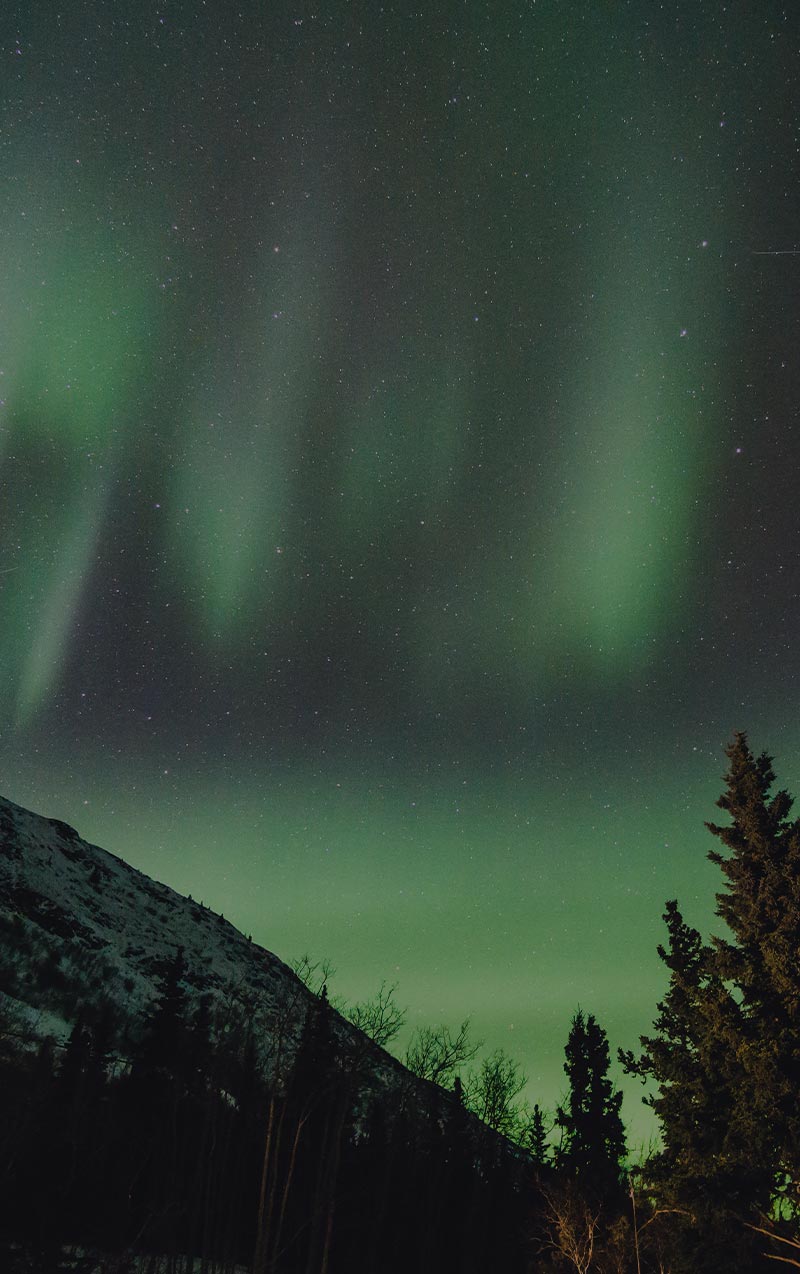
Useful Information on Open Fires in Yukon
A third of the fires in Yukon are due to human activity. Help prevent them by taking a few simple measures.
When is Fire Season in Yukon?
April 1st to September 30th.
Do I Need a Permit for an Open Fire?
During fire season, you need a valid permit to light an open fire.
Since both the Government of Yukon and Yukon municipalities can restrict the use of open fire, check with your local municipality before lighting any fire.
Is Cooking on an Open Fire Legal in Yukon?
In Yukon, when open fires are authorized, you can also use them as cooking fires.
What are the Restrictions at Each Fire Danger Level?
During fire season, 3 levels of fire restriction are put in place.
- Level 1: all fire use is suspended.
- Level 2: cooking and warming fires are allowed only in provided fire pits and stoves at road-accessible territorial and commercial campgrounds.
- Level 3: cooking and warming fires are allowed only in fire pits and other containers made for this purpose.
Since conditions can differ in various regions, fire restrictions are put in place by region instead of the whole territory, using fire danger ratings and fire bans.
Be Fire Smart!
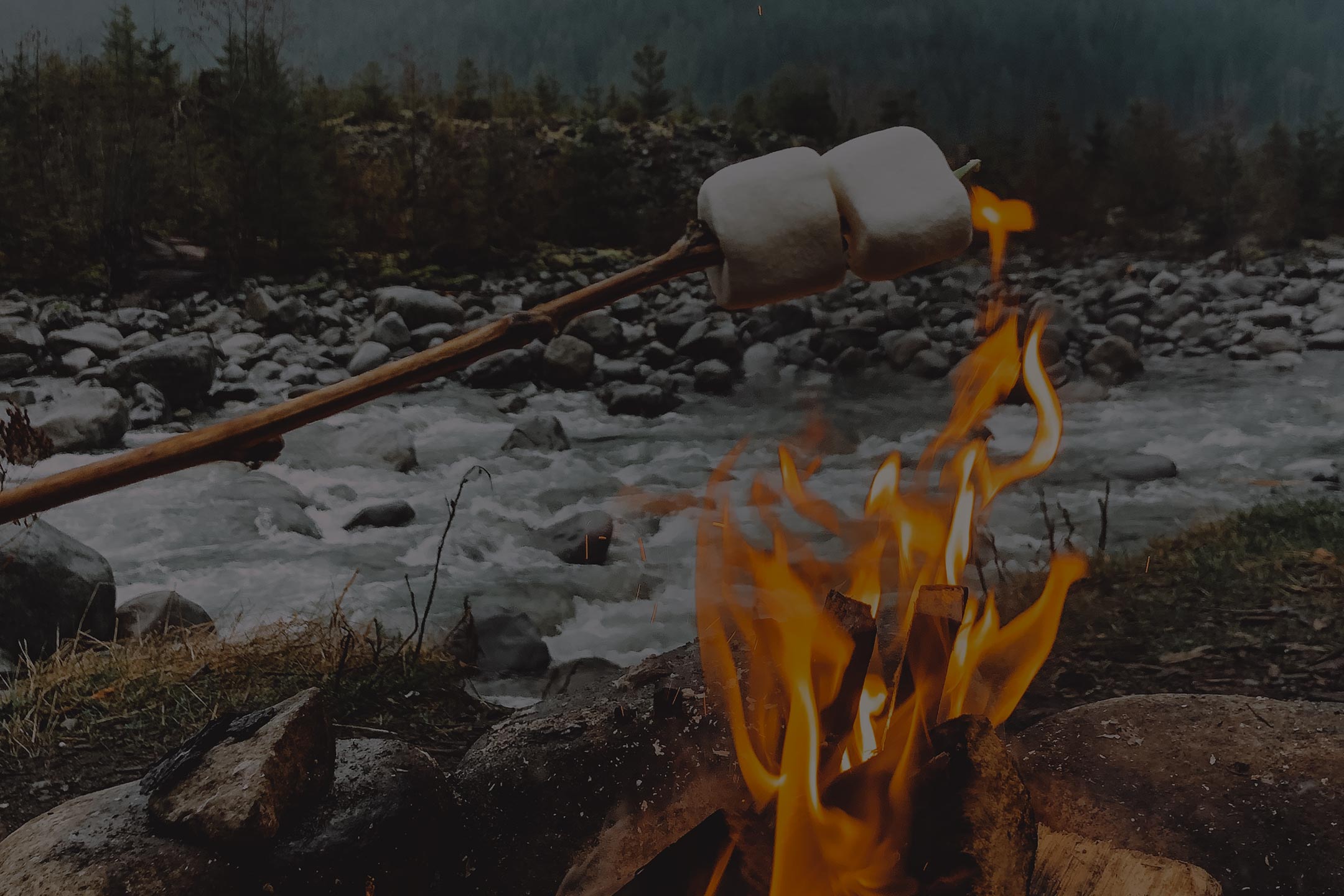
Generally speaking, open fires are allowed in Canada throughout the provinces with the right conditions and permits.
But when fire restrictions are in place, going against them could result in wildfires, property and life loss, heavy fines and prison time.
Be vigilant when planning a fire to make sure you’re following local regulations.
Help preserve our forests.
Burn responsibly!
